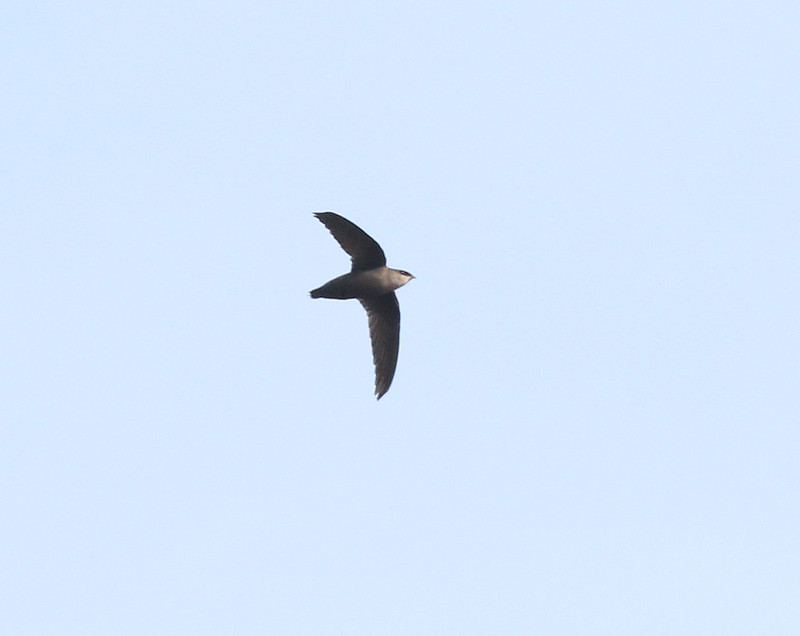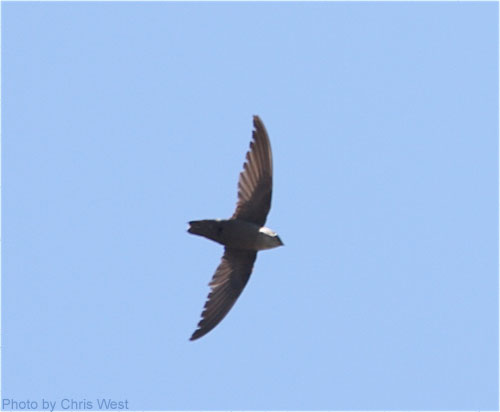


Their numbers rose accordingly, but a recent shift in chimney designs toward covered, narrow flues are unsuitable for nesting and may be contributing to a decline in this species’ numbers. Before European settlement brought chimneys to North America, Chimney Swifts nested in caves, cliff faces, and hollow trees.However, it is important to have the chimney repaired as soon as possible to keep the migratory birds from returning to the same spot year after year. Once a chimney swift has nested, there is nothing homeowners can do except wait for the eggs to hatch and the hatchlings to leave the nest. Even if you already have swifts in your chimney, it is important to remember that the chimney should be repaired as soon as they leave. The Federal Migratory Birth Treaty Act makes it illegal to move or remove any chimney swifts nests, eggs, or hatchlings once they laying process has begun. Unfortunately, chimney swifts are currently a nationally protected migratory species that cannot be moved once the nesting process has begun.
#Chimney swift chimney sweep professional#
I think I have chimney swifts – what do I do?Īt the first sign of scratching or crying coming from the chimney, most of us are ready to call an exterminator or other wildlife professional in order to get the poor animals out. Not only does having an uncapped chimney lead to greater chances of moisture, leaves, or other debris falling into the chimney structure likewise because chimney swifts are so small they can fit into extremely small tears or holes in your chimney’s cap sides or spark arrestor. The most common ways that chimney swifts get into your chimney is through an uncapped or damaged chimney cap. Unfortunately, the increased industrialization of both North and South America has forced the swifts to adapt, choosing instead to recreate their favorite nesting conditions. These long periods of migration can be dangerous in that the birds are exposed to a variety of germs, bugs, and viruses according to the Cornell Lab of Ornithology, “Their ability to travel over long distances and through a variety of habitats exposes them to a wide range of microorganisms.” Swifts and your chimneyĪlthough chimney swifts were given their name based on their penchant for nesting in chimneys, most swifts actually prefer to nest in hollowed out or dead trees. Each fall the birds fly en mass to South America to spend the winter before returning to North America to nest in the spring. Likewise, swifts are also known for their distinctive calls and flight patterns instead of flying gracefully, swifts are known to make shark, jerky turns and movements when flying.Ĭhimney swifts are a migratory bird. You don’t have to be an ornithologist to recognize a chimney swift! These distinctive birds can be easily identified by their very small grey and brown cigar shaped bodies as well as their short, wide bills. Unfortunately, many birds and small mammals view our chimney’s as safe and protected nesting spaces for their young one bird who is particularly known from nesting in chimneys is the chimney swift. While spring brings warmer weather and longer days, it also brings bird migrations and lots of animals looking for safe places to nest for their new babies.


 0 kommentar(er)
0 kommentar(er)
